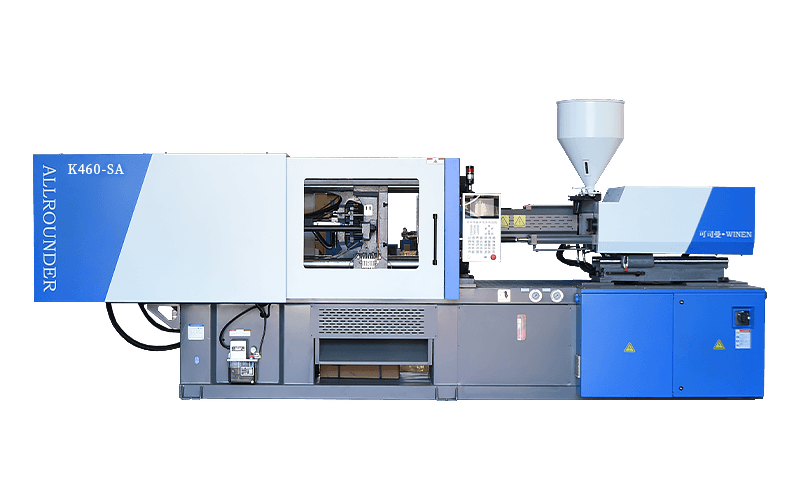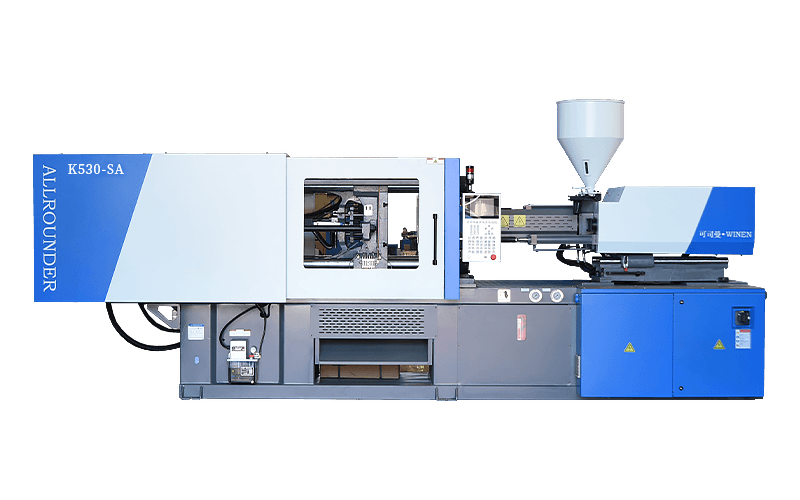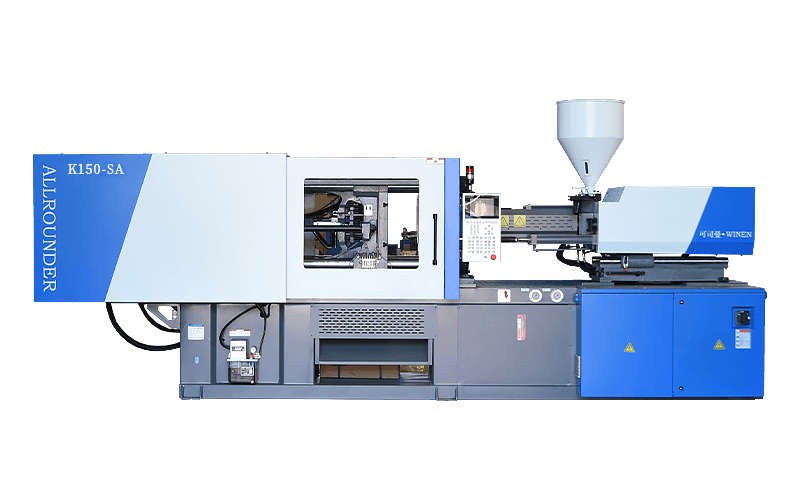Plastic injection molding machine use a series of highly precise processes and advanced technologies to mold complex parts. The following are the basic steps and key technologies for molding complex parts with plastic injection molding machines:
Mold design and manufacturing:
The first step in molding complex parts is to design and manufacture a suitable mold. The design of the mold needs to take into account the geometry, size, surface properties, etc. of the parts and ensure that the mold can accurately shape the target parts. Use CAD/CAM software for mold design, and use advanced processing equipment for precision processing to ensure the quality and accuracy of the mold.
material selection:
For molding complex parts, it is usually necessary to select plastic materials with good fluidity and deformability to ensure that the material can fully fill the small gaps and complex structures of the mold while maintaining the shape and size of the part.
Injection molding process control:
In the injection molding process, parameters such as injection pressure, injection speed, and injection time need to be precisely controlled to ensure that the plastic material can fully fill the mold and completely replicate the details and complex structure of the mold. Advanced CNC systems and real-time monitoring equipment are used to monitor and adjust various parameters in the injection molding process in real time to improve molding accuracy.
Multi-cavity mold technology:
For complex parts that require mass production, multi-cavity mold technology is usually used. Multiple parts can be manufactured simultaneously with one injection molding, thereby improving production efficiency and cost-effectiveness.
temperature control:
Temperature has an important impact on the fluidity and shrinkage of plastic materials, so the temperature during the injection molding process needs to be precisely controlled to ensure that the plastic material can flow evenly when filling the mold and maintain stable shape and size after cooling and solidification.
Cooling system design:
After injection molding, the parts need to be cooled and solidified. The advanced cooling system design ensures that the cooling medium can quickly and evenly cool the entire mold, thereby reducing the deformation and defects of parts.
Post-processing process:
Some complex parts may require subsequent processing, such as deburring, spraying, printing, etc., to further improve the surface quality and functionality of the parts.
Quality control and inspection:
After molding complex parts, strict quality control and inspection are required. Through visual inspection, dimensional measurement and other methods, ensure that the size, shape, surface quality, etc. of the parts meet the design requirements.



 English
English 中文简体
中文简体












